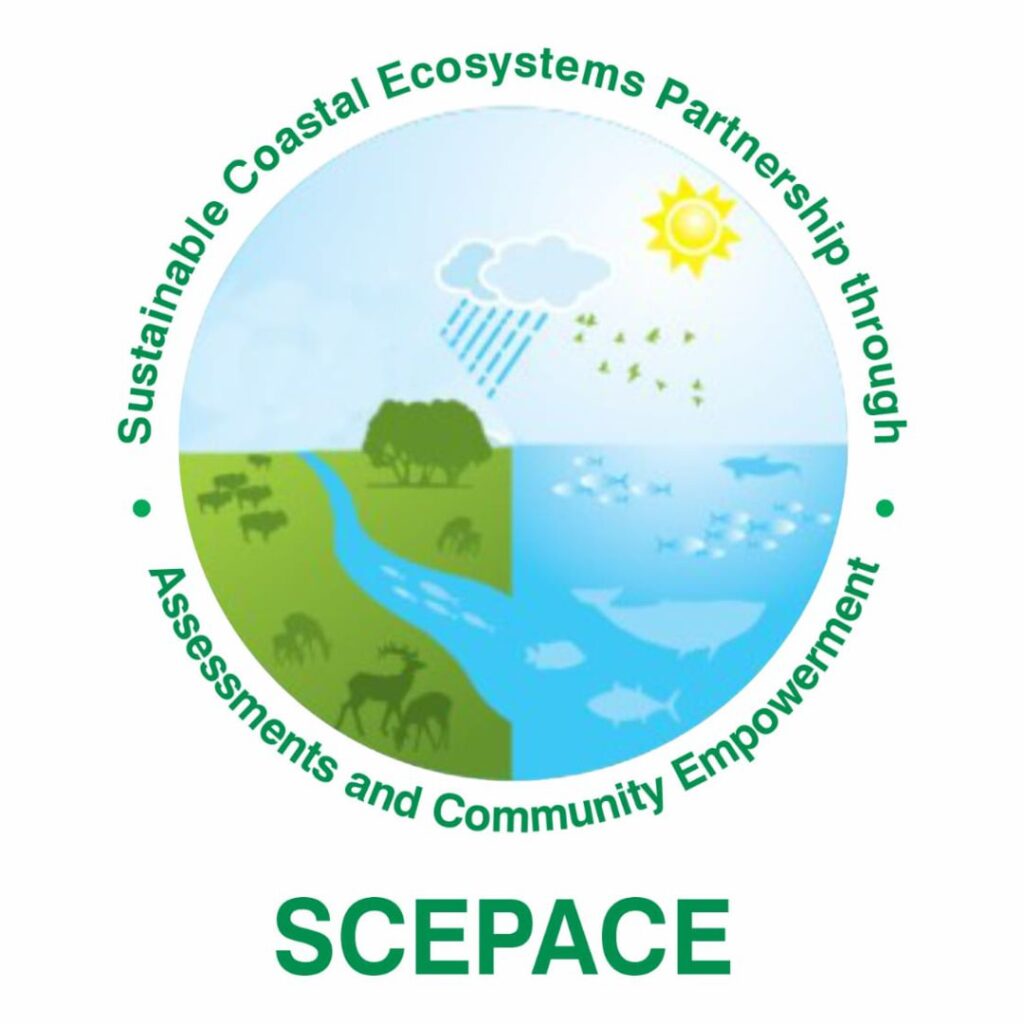Lagos State, the bustling economic and population hub of Nigeria, is facing a critical water crisis that threatens public health, economic productivity, and environmental sustainability. Despite significant government investments, millions of Lagosians still lack access to clean, safe, and sufficient water. This blog explores the root causes, current implications, and urgent need for intervention in Lagos’ growing water insecurity.
The Scale of the Crisis
Lagos, home to over 20 million people, has a daily water demand estimated at over 700 million gallons. However, the public water corporation currently supplies less than 200 million gallons—barely 30% of the need. This huge supply gap has forced many residents to rely on unsafe alternatives, such as shallow wells, boreholes, and water vendors, which come with their own public health risks.
According to recent reports, over ₦16 billion was allocated by the Lagos State Government between 2019 and 2023 to improve water infrastructure. Yet, the Lagos State Water Corporation (LSWC) continues to struggle with outdated facilities, limited capacity, and poor maintenance, rendering many of its treatment plants underutilized or non-functional.
Health Implications
The most immediate consequence of this crisis is its impact on public health. In 2023, Lagos reported a spike in cholera outbreaks and other waterborne diseases due to the increasing dependence on contaminated water sources. The scarcity of potable water also affects hygiene and sanitation, especially in densely populated areas where access to clean water is already limited.
Underlying Challenges
Several factors are contributing to the worsening water situation in Lagos:
-
Aging Infrastructure: Many of the water facilities in Lagos were built decades ago and have not been sufficiently upgraded to meet the demands of a rapidly growing population.
-
Urbanization: Unchecked urban sprawl is placing additional pressure on water infrastructure, while unregulated drilling of boreholes is depleting groundwater and introducing saline intrusion in coastal areas.
-
Policy and Governance Gaps: There is a noticeable lack of coherent, long-term water management strategies and a regulatory framework to enforce water quality and distribution standards.
-
Environmental Factors: Climate change, flooding, and pollution of surface water bodies further complicate the state’s ability to harness and distribute clean water.
The water crisis in Lagos is not just an infrastructure issue—it’s a human rights issue. Access to clean, safe water is a fundamental need that supports health, economic productivity, and social stability. Without urgent and comprehensive intervention, Lagos risks tipping into a full-blown public health emergency. It is time for action—strategic, inclusive, and sustained.
Have thoughts or solutions about Lagos’ water crisis? Share them in the comments below!

